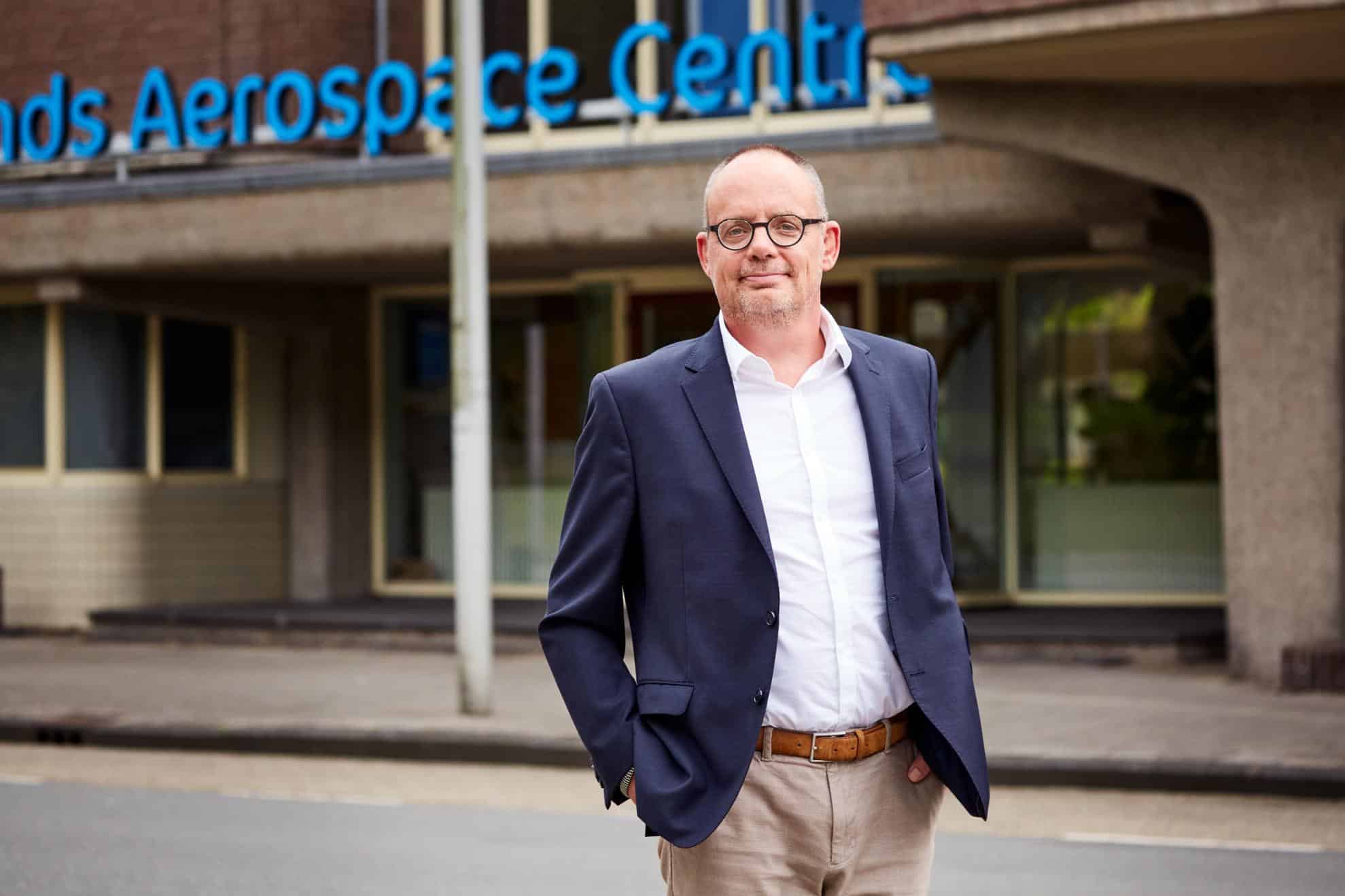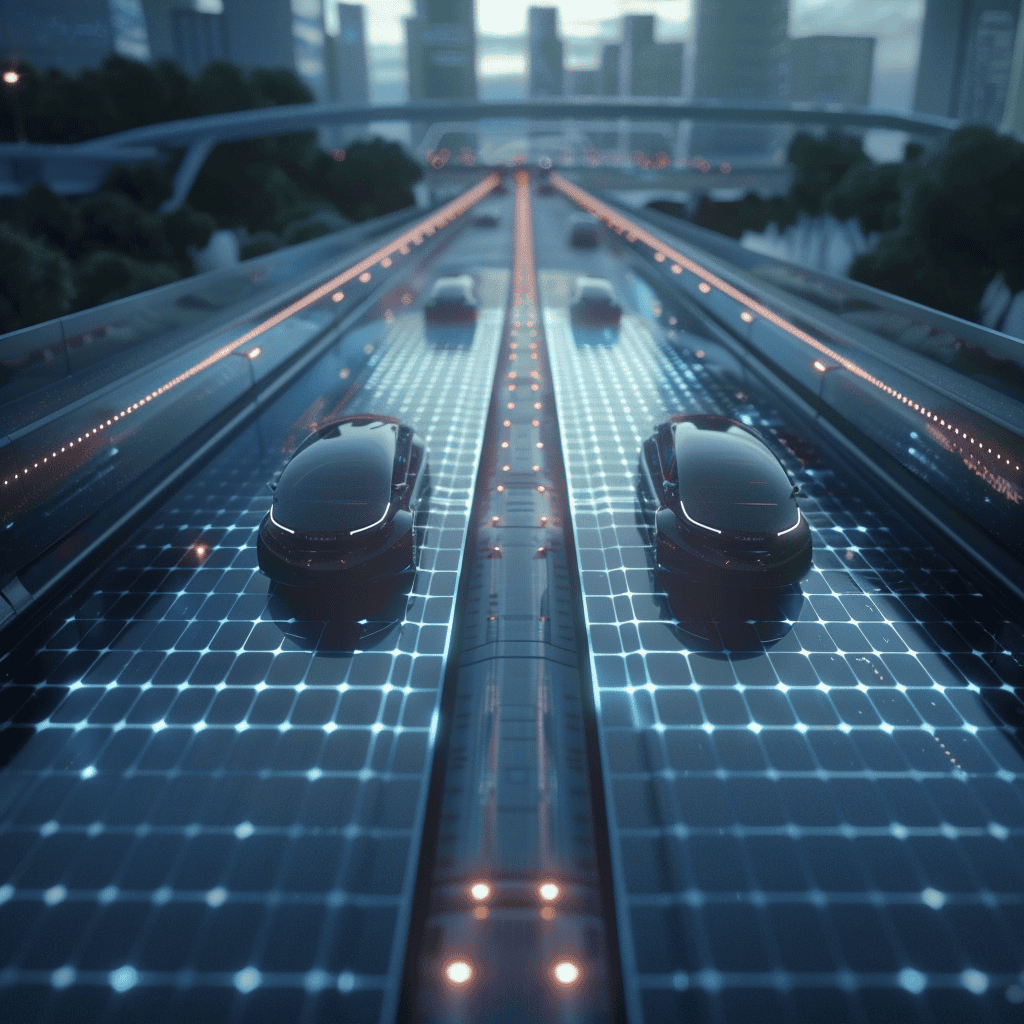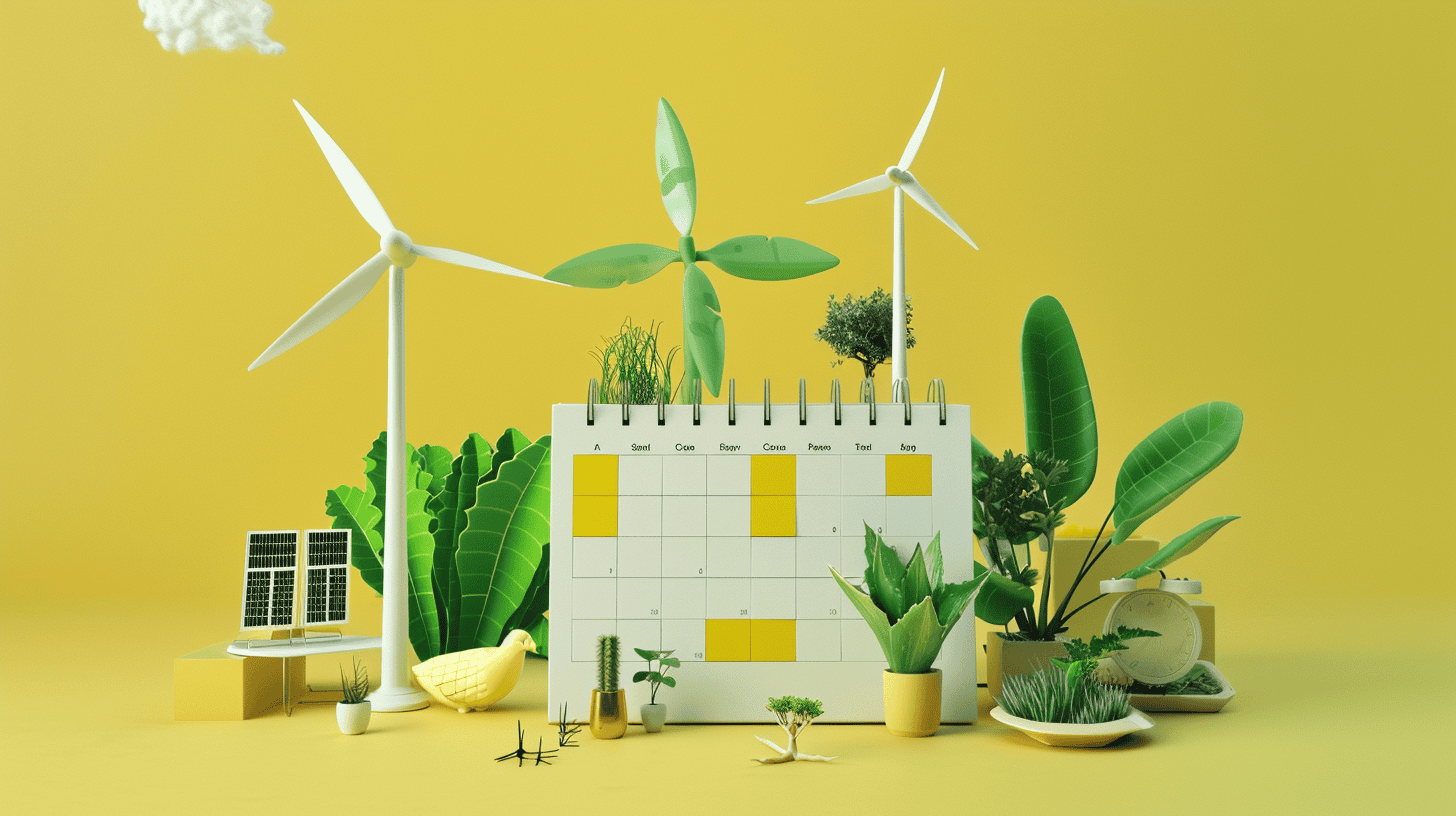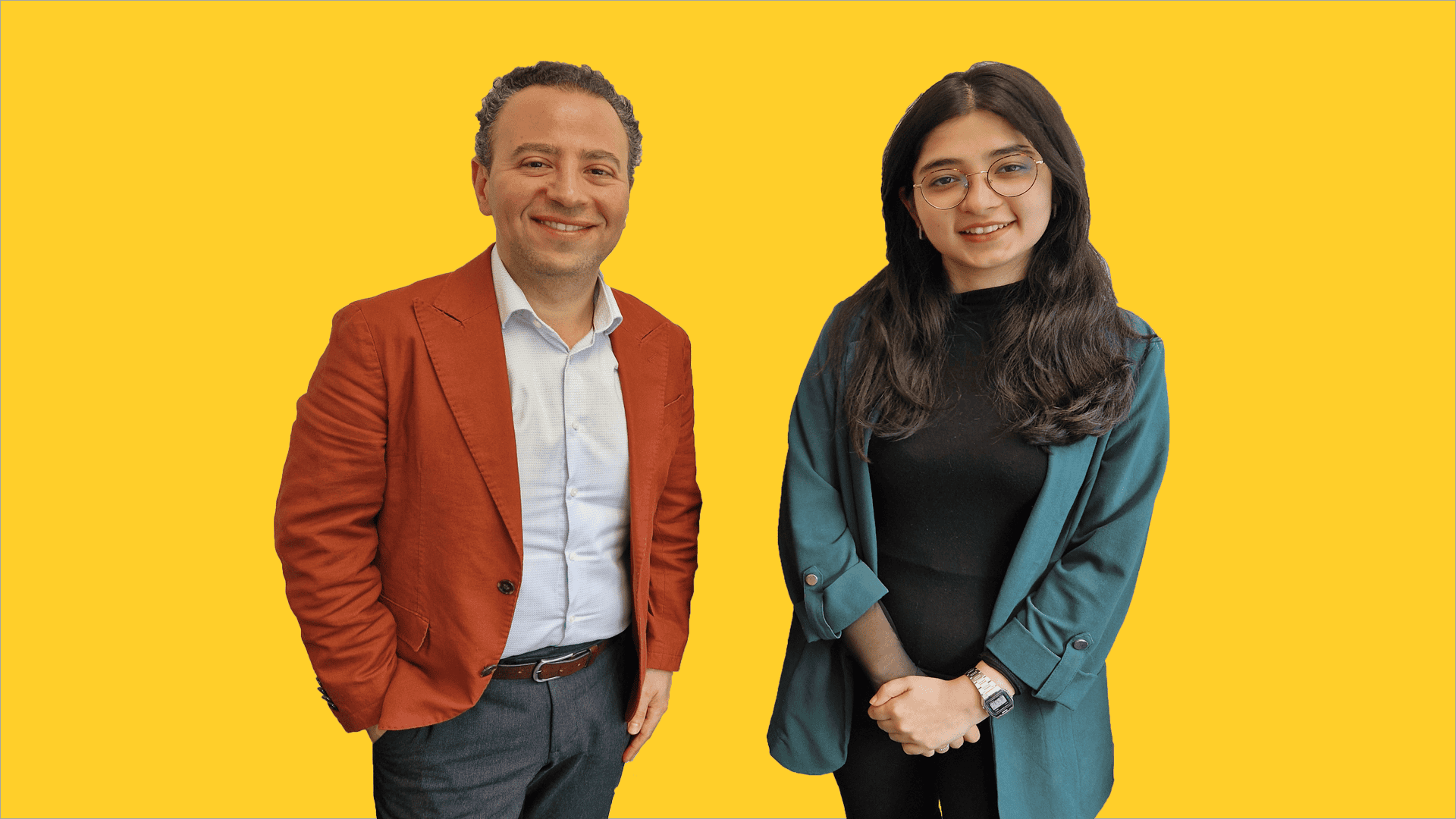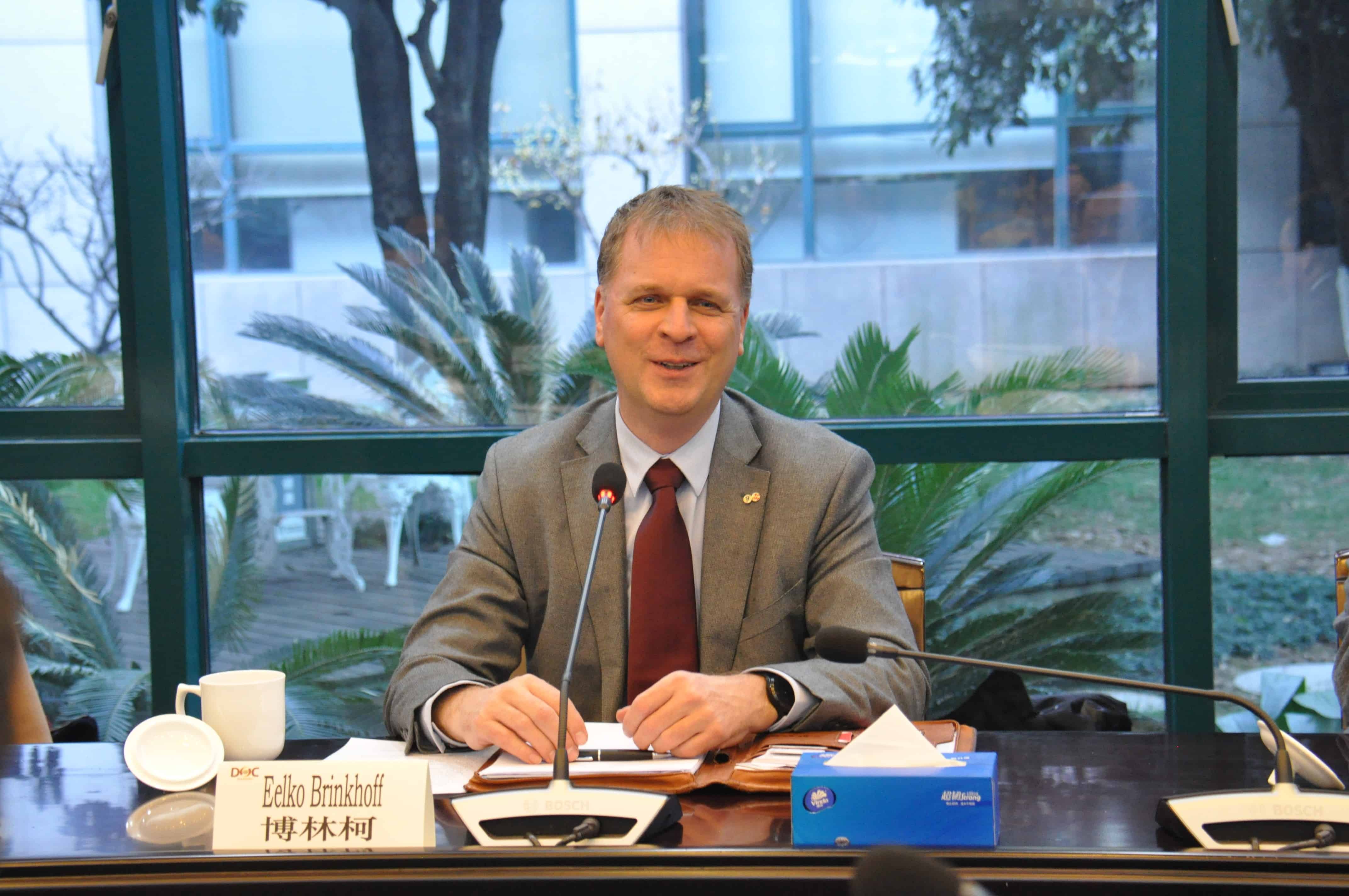
What is typical about Dutch Innovation? Can we coin it as a concept, like Dutch Design? And is that an opportunity to position the Netherlands more powerfully on the world stage as a leading innovation country? In a three-part series as a prelude to the Dutch Innovation Days, May 11, 12, and 13 in Enschede, we explore the opportunities and limitations of Dutch innovation. Today part 3: how impact-driven is Dutch innovation, and where are the limits of our innovation drive? Read part 1 and part 2 of this series here.
It seems to be becoming a bit of a cliché because everyone has started using it so eagerly and often these days: impact-driven innovation. No student team, no start-up, and no scientific research can afford to ignore ‘impact’ and its associated sustainability goals anymore. And indeed, there is some greenwashing here and there among all those impactful ambitions.
Offering a contribution

Yet, striving to solve today’s major societal challenges remains one of the important characteristics of Dutch innovation. “The Netherlands preferably applies innovation from the starting point of contributing to solutions around health, safety, climate, mobility, and sustainability, including circular economy and food,” says Carina Weijma, who, as Strategic Advisor, has worked with and for the top sector Holland High Tech, VNO-NCW, Foreign Affairs, and the top sector Creative Industry, among others.
For Weijma, it’s also how the Netherlands has organized its innovation. Within high-tech, the top sector HTSM drew up technology roadmaps early. Each roadmap was managed by a team of experts from companies, institutes, and universities. These roadmaps overlap with key enabling technologies (KETs) defined by the European Commission, the topics are associated with high research intensity and, according to Weijma, have rapid innovation cycles and highly skilled employment. “They are multidisciplinary, cross many fields, and help leaders in other application areas to benefit from their research efforts.”

Cross-over collaboration with other top sectors is becoming increasingly important for enhanced cooperation. “Thus, at least from a technology perspective, the aim is to achieve sustainable economic growth, supported by public and private R&D investments.”
Security and technology
Khashayar Mansourizadeh, CEO & Founder of Starnus Technology, sees that the Dutch innovation and start-up ecosystem relies very much on certainty, realism, and technology. “Here in the Netherlands, a realistic founder with a solid plan to build a healthy company is most valued. That doesn’t mean you have to aim low, but you do have to come up with realistic plans to get to the top.” At the same time, Mansourizadeh sees great value in developing a unique technology. “By that, I mean something that is not necessarily cheaper, more efficient, or a little bit better, but more importantly, something that is revolutionary and has not been thought of before.”
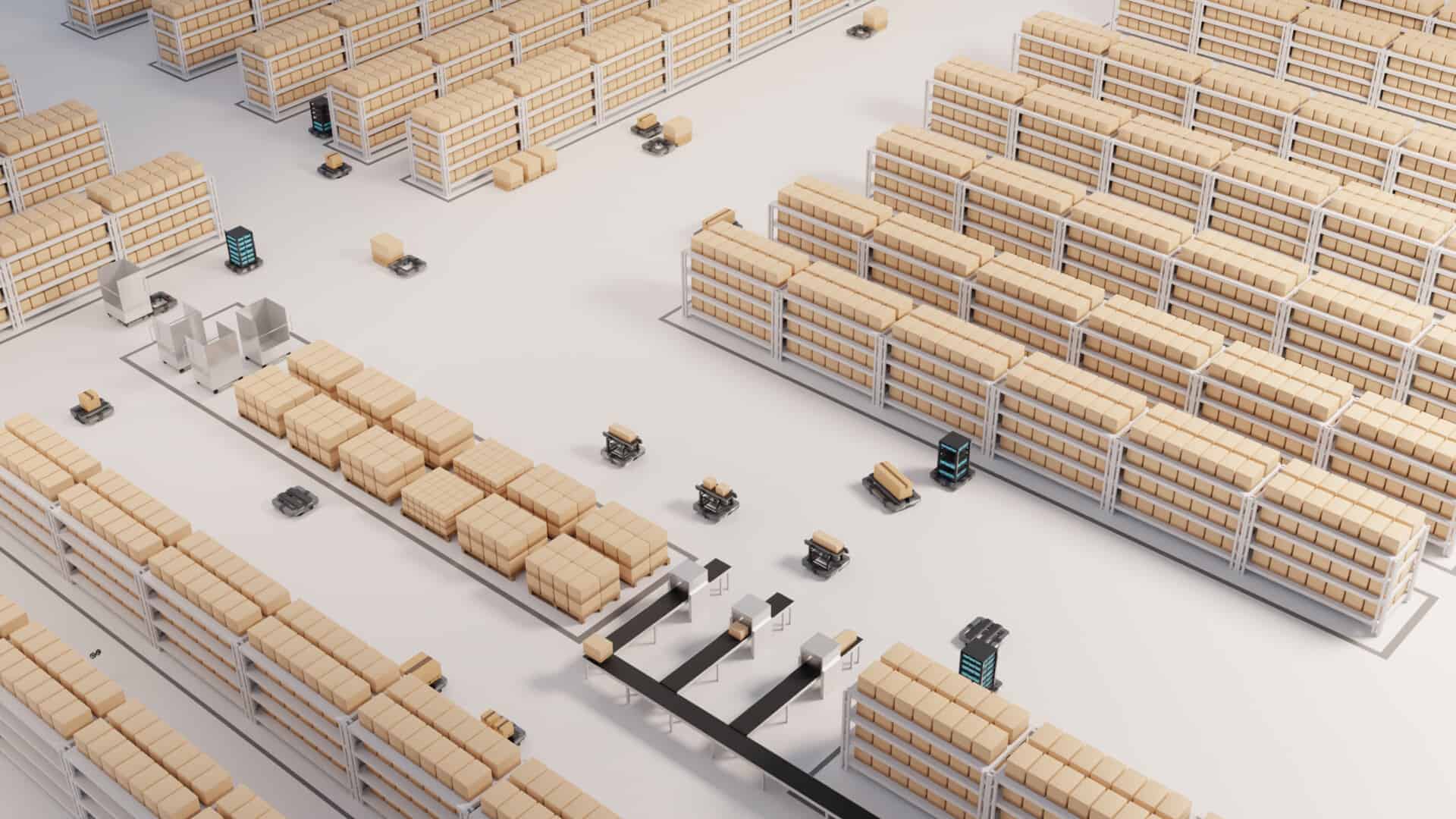
Healthcare is pre-eminently a sector where the “impact” aspect hardly needs explanation. Clear.bio, an Amsterdam-based start-up that provides real-time nutritional advice based on the user’s biodata, aims as a healthcare provider to “make better health accessible and user-friendly for everyone, with the latest technology and the latest science on nutrition.” Not for nothing does the company call it “Value-Based Health Care,” says Yvette Ruts-Wolters. “In other words: impact in the form of value for all target groups involved.”
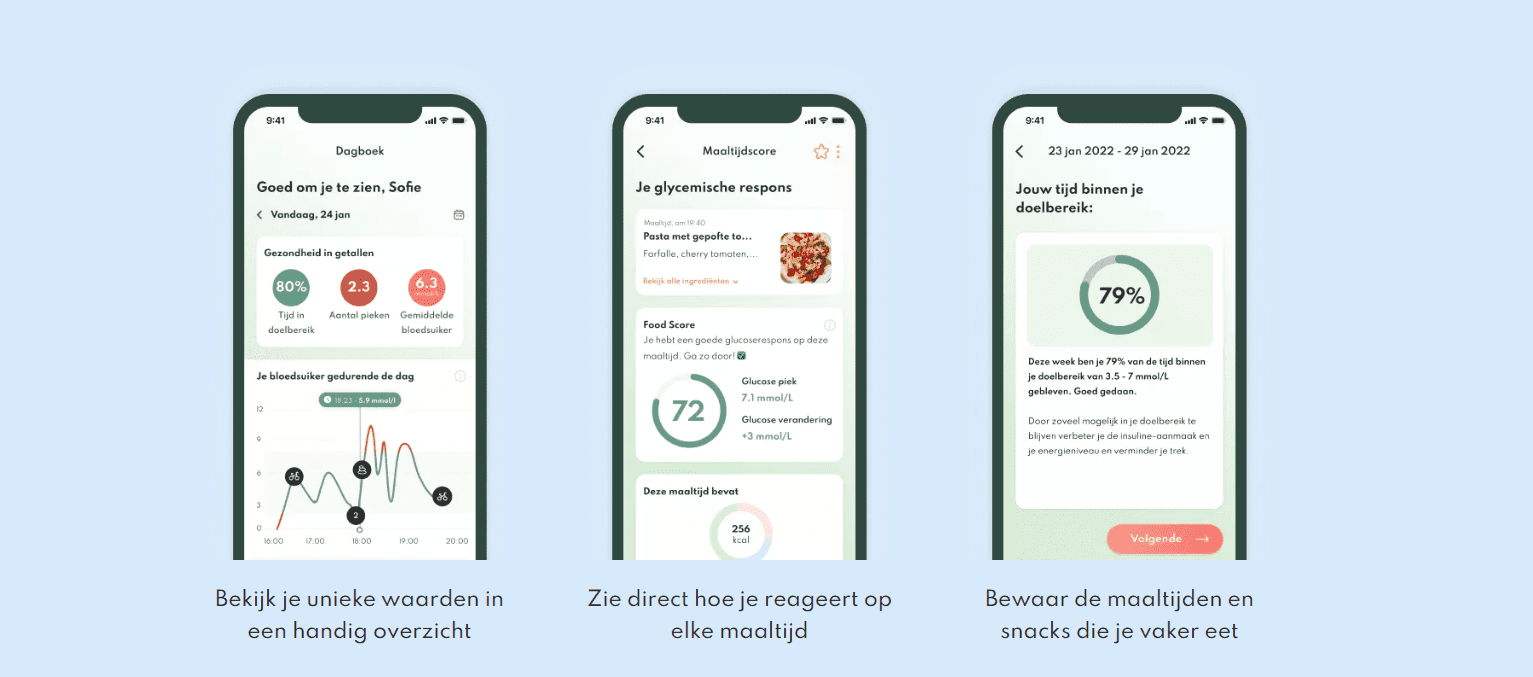
Breaking barriers
That is also the driving force at Micronit, the Enschede-based global player in the market for microchips used in cancer research, among other things. Frank Eissens cites problem-solving ability as an important characteristic of Dutch innovation. “This skill arose in part from the Dutch struggle against water, which involved developing innovative solutions in water management. This mentality has spread to other sectors, including MedTech and HighTech.”
Like many others, Eissens sees the anti-authoritarian attitude of the average Dutchman as a plus. “We master the ability to cooperate and break down barriers. This is different from countries with a hierarchical culture, for example. Our CEO Ronny van ‘t Oever once said ‘In the Netherlands, we are not afraid to try something new and to make mistakes; this makes us strong as a country and as innovators.’ That statement reflects our country’s mentality quite well.”
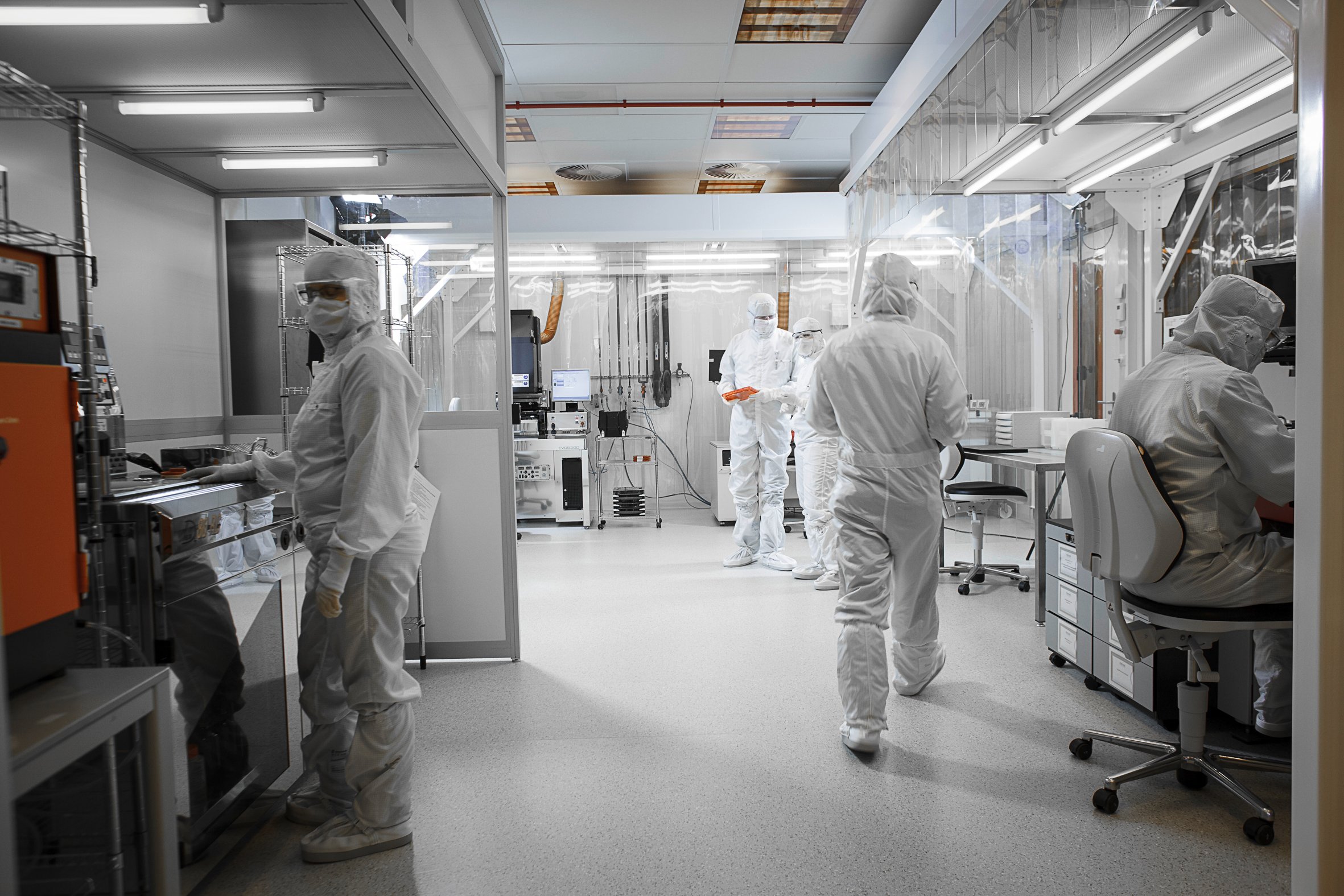
Are there limits to our innovation drive?
In the agribusiness sector, innovation does not necessarily have only positive consequences. Hille van der Kaa – Chief Operational Cowboy at Those Vegan Cowboys – will elaborate on this during the Dutch Innovation Days. For her, the fact that the Netherlands has created space for so many people is a testament to our innovation power. “Not for nothing does a foreign saying about us read, ‘God created the earth, but the Dutch created the Netherlands,'” she says. The metaphor typifies the literal social engineering of our living environment.”
According to her, this notion of social engineering has brought us much, but mega stables and excess nitrogen also show the downside. “Already during the Middle Ages, we have fought against water in our low country. The reclamations show that forward thinking is embedded in our Dutch canon. We, the Dutch, lead the way with solutions to potential major disasters. But we also struggle today with the law of inhibiting head start.”
Indeed, the Dutch agricultural sector has developed qualitatively and productively into one of the most successful in the world. “At the same time, we are now hopelessly lagging behind compared to the rest of Europe. The amount of poison in our soil is alarming. The percentage of Dutch organic farmland is minuscule. Over the years, the greatly increased production of animal products is not sustainable due to the large amounts of CO2, methane, and nitrous oxide released. With the mega stables’ advent, animals are no more than an inefficient parts of a machine. Within the food chain, meat and dairy are the biggest culprits regarding global warming. Our drive for innovation has gone way over the top.”
Stopgap solutions
The enterprising Dutchman, meanwhile, is seeking “stopgap solutions” to the potential major disaster this is causing, the Chief Operational Cowboy notes. “Air scrubbers that keep all the harmful gases at the pigs, for example, or slightly different sprays. They are just forms of symptom control. If we want to solve our problems, we have to turn our derailed agricultural technology for the better. We have placed ourselves on a pedestal in the Dutch agribusiness; the question is whether we can muster the realism and modesty to step down from this pedestal.”
What caused the problem should also be able to bring the solution, she concludes. “We Dutch are used to bending the country to our will. By betting on radical innovations like food forests, precision fermentation, and vertical farming, we make the large imprint of our agricultural sector smaller. We can even give farmland back to nature. Thus we can, again, prove that forward thinking is an indispensable part of our Dutch canon.”
In the coming days, Innovation Origins will publish further interviews with some of the speakers at the Dutch Innovation Days.




